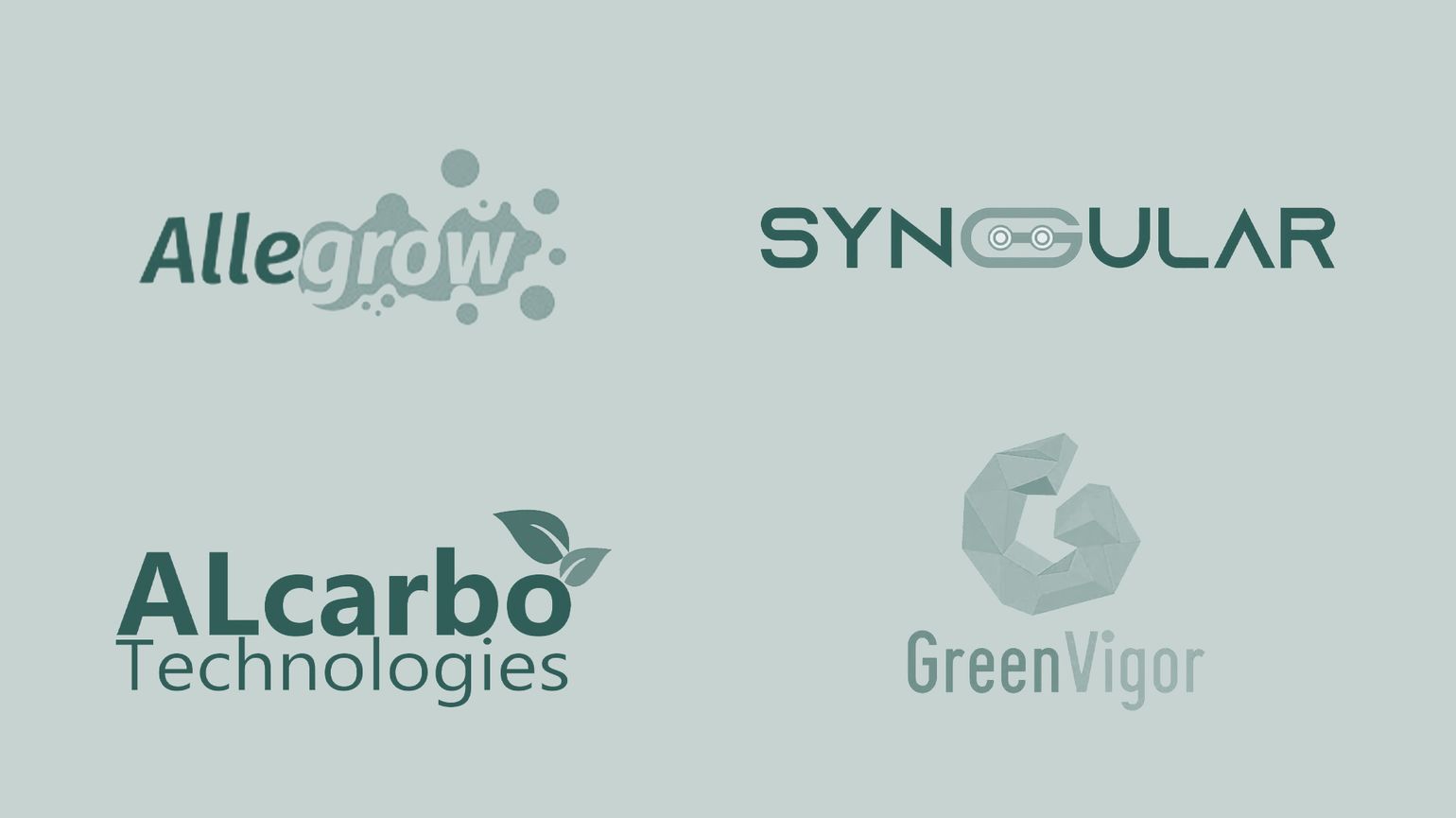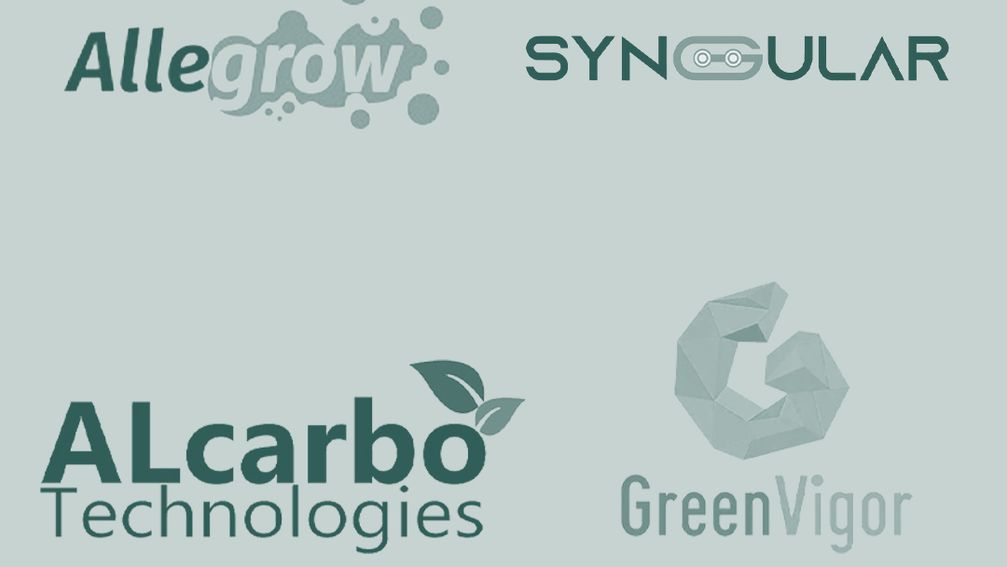AR to Carbon Capture: This Year’s EQT Impact Challenge Finalists


Meet the four Hong Kong-based startups vying for a €100,000 investment from EQT Foundation.
- The EQT Impact Challenge offers the chance to win mentorship from the Swedish private-equity giant, access to its network and a €100,000 investment from its philanthropic arm.
Hong Kong is packed with innovators tackling urgent problems, from aging populations to climate change. That’s why EQT selected the city for this year’s EQT Impact Challenge, an initiative started in 2023 by the firm’s philanthropic arm to support early-stage ventures focused on high-impact social change.
The 2025 Impact Challenge offers the chance to win mentorship from EQT, one of the world’s leading investment companies, as well as access to its global network of portfolio companies and advisers and a €100,000 ($118,000) investment from the EQT Foundation, a philanthropic division founded by partners at EQT in 2019. Second- and third-place finishers will each receive €50,000 from Central Cove Group, the private investment office of Jean Eric Salata, chairperson of EQT Asia and head of Private Capital Asia. Most importantly, the startups are competing to bring their products closer to market and for increased visibility.
After a rigorous selection process from hundreds of applicants, four Hong Kong-based finalists were chosen, working across healthcare, energy, biotechnology and carbon capture. In all these finalists, EQT saw mission-driven businesses underpinned by scalable, technical innovation.
“This year’s finalists brought not only bold ideas but also concrete traction, both in terms of measurable impact and commercial viability,” says Salata. “It’s a sign of how dynamic Asia is.”
We spoke to the four Impact Challenge finalists to hear more about what they do, what inspired them, and their progress so far. The overall winner will be selected on July 10th at a showcase event, where each founder will present to a panel of experts.
Syngular: Bringing augmented reality to the operating room
What it does
Syngular is transforming how surgeons operate. Its augmented reality (AR) surgical navigation system converts standard medical imaging into interactive 3D holograms. This real-time modelling improves precision, reduces operating times, and lowers the risk of error – all at a fraction of the cost of traditional systems.
Founder Inspiration
“Our (idea) grew from a profound observation of unmet needs in operating rooms,” says founder Louis Sze, a former biomedical engineer and surgical researcher.
The team started in 2015 and, four years ago, landed their eureka moment. “We realized: the same technology that makes video games immersive and generates game assets efficiently could revolutionize surgery.” They began building hyper-realistic rendering for the medical field.
How it works
Syngular creates high-fidelity, patient-specific models in just 30 minutes, which are then viewed through a mixed-reality headset.
Progress to date
The company is in the “clinical validation” phase, with a view to seeking regulatory approval in 2026. Syngular’s early model is already being deployed by orthopaedic surgeons in a Hong Kong public hospital, and is being tested globally for pre-surgery examinations to plan tumor resections and mark boundaries. Early data shows a promising reduction in surgical errors.
Green Vigor: Turning urban water tanks into power plants
What it does
Green Vigor has turned the humble water tank into a powerful clean energy source. Whenever residents run the taps, the HydroVigor system generates electricity. With four billion buildings (and water tanks) worldwide projected by 2050, it offers a scalable, cost-efficient route to lower emissions.
Founder inspiration
“Our company started by accident,” recalls founder Penney Chong. Her rented industrial warehouse had flooded several times from water gushing out of broken pipes. She realised: “There must be huge power inside the building’s water supply” and began imagining how this untapped energy could be used, just as garbage can be recycled.
The founders’ manufacturing backgrounds led them to three years of extensive R&D.
How it works
The HydroVigor module can be installed in virtually any water tank, measuring just 70x70x50cm. Each unit can generate 72kWh of energy per day (the average U.S. household consumes around 30kWh per day).
Progress to date
The company completed its proof of concept in a local primary school in 2024. HydroVigor launched commercially in January 2025, having won its patent award. It’s set to deploy 100+ modules in 2026 across buildings in Asia, including theme parks and landmark buildings. If every water tank globally were fitted with a HydroVigor, it could have the potential to become the world’s largest renewable energy source, the company estimates.
Allegrow Biotech: Building synthetic cells for smarter treatment
What it does
Cell therapy is among science’s most promising frontiers – but absorption and affordability remain a challenge. To address this, Allegrow Biotech has developed a platform to create artificial immune cells that can deliver specific instructions to the body and influence the immune responses in a cost-efficient way.
Founder inspiration
“What truly drew me into this field is my fascination with biomaterials engineering,” says founder Laurence Lau, a scientist by training who began working on the startup at the Hong Kong University of Science & Technology. “Without the right delivery system, even the most innovative drug may fall short of its potential. That’s why I believe every drug we know of can benefit from being reimagined and re-engineered.”
How it works
Allegrow uses biomaterials (like proteins or sugars) that can “talk” to and control the human immune system, an incredibly complex signalling network.
Progress to date
Allegrow is currently focused on validating product-market fit. It recently launched products designed to activate two types of cells. The mission now is to demonstrate the clinical benefits of these cells in real patients. The wider goal is to decode cellular communication en masse, just as the human genome was sequenced, to revolutionize cell therapy research.
Alcarbo Technologies: Carbon-fighting Algae
What it does
Algae absorb carbon dioxide as they grow, making them a powerful ally against global warming. Alcarbo Technologies leverages this natural tool and has built an automated algae system that captures carbon as it photosynthesizes. It then converts this carbon into profitable side-products, such as biofuels, making it a commercially viable solution.
Founder inspiration
“Early in my career, I worked closely with farmers who were already suffering the effects of climate change,” says Nelson Ng, Alcarbo’s founder. He was motivated to find a way to act before it was too late. He started looking at algae, which “as the foundational organism in aquatic food webs, always stood out to me” as an undergraduate scientist. He began looking at how to significantly enhance algae’s carbon-capturing ability.
How it works
Alcarbo’s nanobubble photobioreactor (PBR) system cultivates algae strains with exceptional CO2-fixing capabilities.
Progress to date
Since 2020, the company has been working on early validation with academic institutions. It is now moving toward deployment in high-emission industries, including manufacturing and logistics, to build on-site pilot facilities. These will serve as a critical proof of concept. The idea is to make algae-based systems a cornerstone of both carbon capture and sustainable protein production, such as soybean farms.
ThinQ by EQT: A publication where private markets meet open minds. Join the conversation – [email protected]



